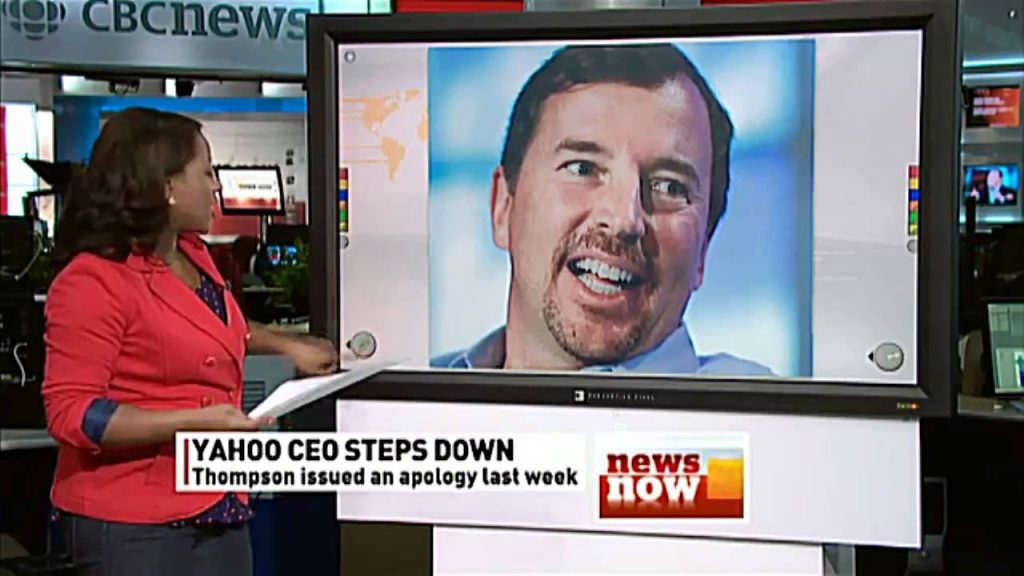False Comfort
These days, we’re pretty comfortable online, but in actuality, we’re not nearly as safe as we think. Personal hacks and corporate data breaches are too common for comfort. When I was young, I received a yellow polka-dot journal with a lock on the front. As a child, I was confident that my deepest and darkest secrets were secure behind this superficial barrier. In reality, anybody with the desire to open that book could easily breach the cover. While we would like to think our information is secure online, the reality is not much different than my yellow journal. It only takes one motivated person to steal your information and put your business in jeopardy.
Breaches are Common and Costly
Every forty seconds, a cyber-attack occurs. Through phishing, vishing, malware, social engineering, and more, hackers are battering the bulwark of every company you could imagine. Sometimes, these attacks succeed. The Yahoo! breach in 2013 resulted in three billion compromised accounts, out of pocket costs of $120 million, and a $350 million cut to an active purchasing offer four years later. This, of course, this is a drastic example; it is the largest data breach to date. But just because a company is small does not mean a breach is not costly.

According to a report from IBM security, the average quantifiable cost of a data breach is $8.19 million in the United States or $3.29 million globally. Most importantly, this cost is primarily driven up by the loss of business. Consumers are cautious following a data breach leading them to shop with security in mind. In terms of numbers, the same report IBM found that lost business amounts to 36% of financial loss.
Is this really a widespread problem, or it just an issue for monoliths such as Yahoo! or Target? This problem is very real, and very present. The Identity Theft Resource Center reported 1,473 successful breaches in the United States. Or, nearly thirty breaches a week. Further, the likelihood of experiencing a breach is increasing over time. The IBM report found that companies were nearly one third more likely to have a breach in 2019 than they were in 2014.
So, What Can You Do?
Obviously the ideal is to avoid a breach altogether, but this is easier said than done. It comes down to two key factors: vigilance and people. Hacking strategies, tools, and techniques are constantly evolving, and while there are cyber-security rules of thumb, a business’s security is dependent on continued learning. A safe company is one that stays current with ever-evolving dangers. Even if a company is cyber-security savvy, however, it means very little if its employees are out of the loop. Your people are your final line of defense, so it is vital that employees are able to identify red flags.

Regardless of the size of your company, cybersecurity needs to be a priority. Get ahead of a potential disaster and take the time to protect yourself and your business. It doesn’t take cost much to learn about new risks and implement companywide security standards. So, stay educated and stay savvy—simple steps save millions.
Coauthored by Betsy Kooistra
